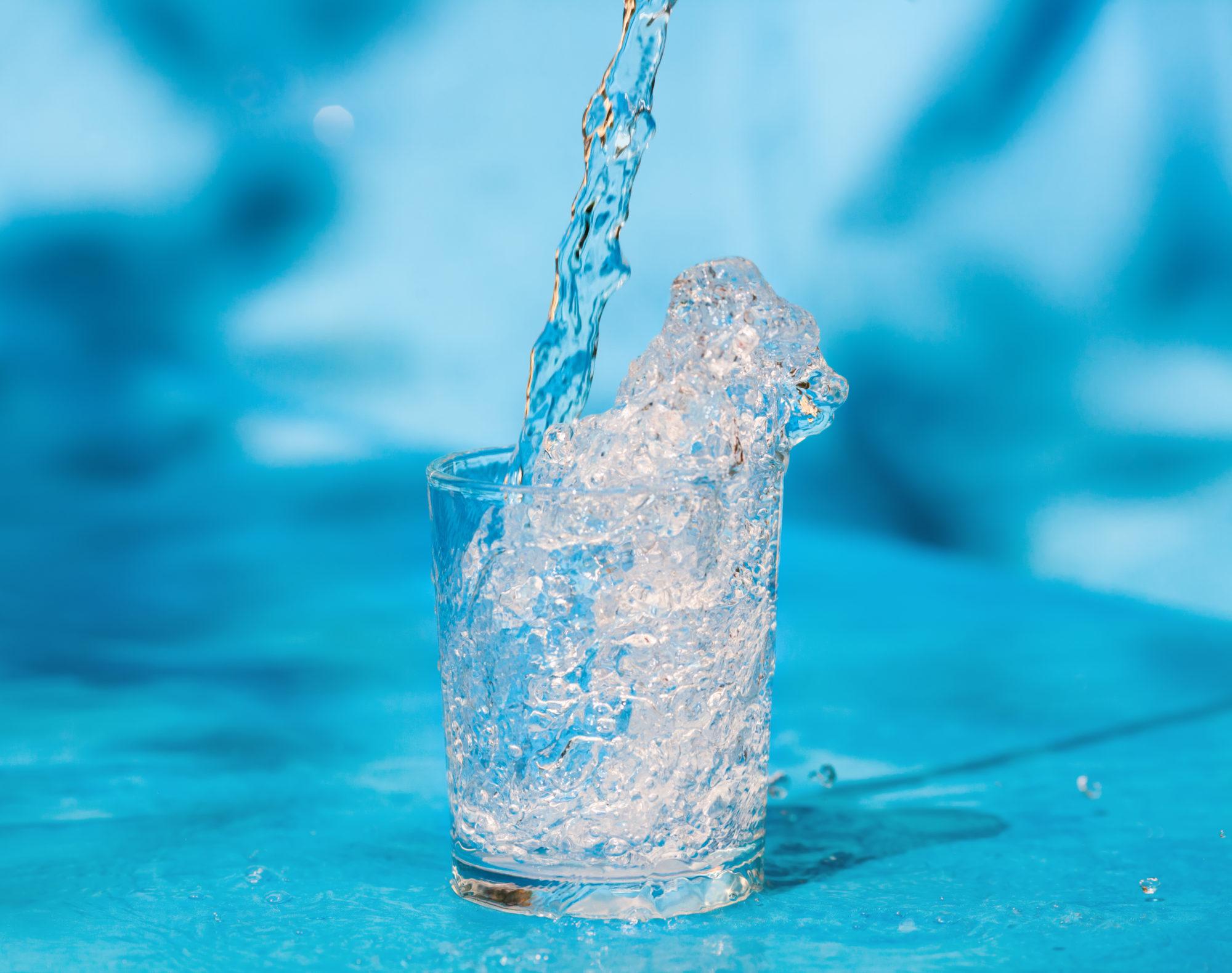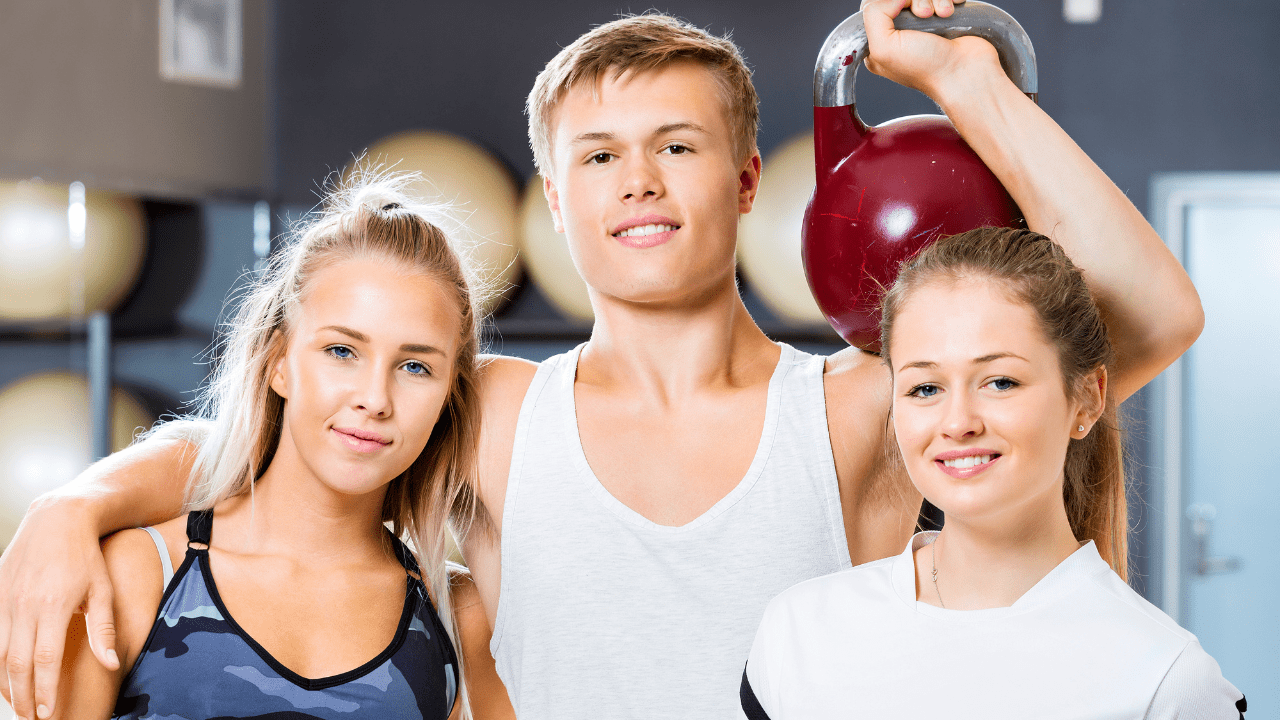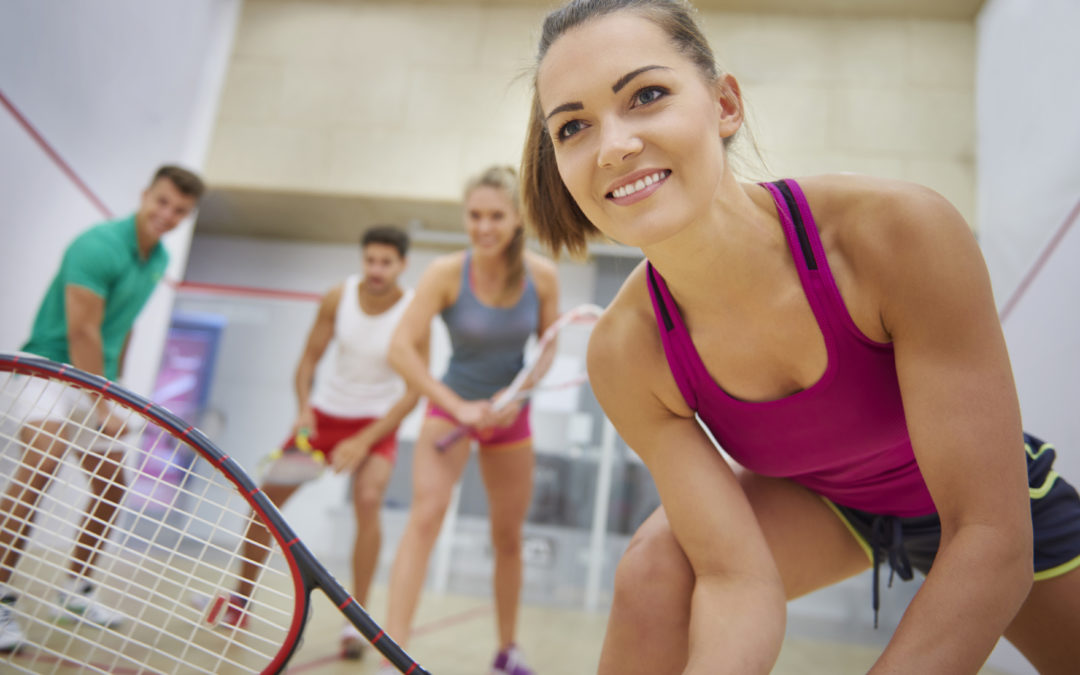Ready or not, high school sports have returned to most Oregon school districts. It’s going to be a season unlike any other for many reasons. Pre-seasons were shorter than usual if even existent. Games are being played in quick succession in a shortened season format. And maybe most obvious, many athletes have been cooped up for the past year, unable to train or exercise regularly. With all these new variables, follow these easy but essential steps to make sure your athlete performs at their best while avoiding preventable injuries along the way.
NUTRITION

Athletes need proper energy and nutrients to meet the demands of their sport. It’s also important to remember that different sports may have different nutritional demands. For example, cross country runners need extra carbohydrates and fats to supply them with the sustainable energy to last an entire race. On the other hand, football players in pre-season weight lifting, need to make sure they are consuming adequate protein to build muscle.
However, regardless of the sport, nutrition needs to be in moderation. To help your athlete meet their needs, try these tips and tricks:
- Color the rainbow – fill your plate with colorful fruits, vegetables, starches, and proteins to ensure you are obtaining all the necessary vitamins and minerals
- Eat a balanced proportion of each food group. Try filling ¼ of your plate with fruits, ¼ with vegetables, ¼ with carbs, and the final ¼ with protein.
- Eating too many carbs can be just as detrimental as eating too few.
- Over-consuming proteins can lead to kidney damage. (And, did you know that the body converts extra proteins into fat!)
FLUID INTAKE

Hydrate! Hydrate! Hydrate! When heavily exercising, your body can lose up to 1 pint of fluid per hour.
- To calculate your minimum daily water needs, take your weight (lbs) and divide by 2. This calculation does not include sweat loss from exercise or the dehydrating effects of caffeinated beverages.
- Sports drinks with added electrolytes and/or sugars can be helpful during a training session or competition. BUT, focus on pure H2O before and after exercise for best results.
- If you must have a flavored post-workout drink, try chocolate milk. It provides good proteins and sugars that muscles need to rebuild glycogen.
SLEEP

Athletes must allow adequate time for rest and recovery each day. This includes getting a full, restful night of sleep. The American Academy of Sleep Medicine recommends teens (ages 13-18) should get 8-10 hours of sleep per night.
Many professional athletes already understand the importance of sleep–Larry Fitzgerald will sleep 11-12 hours the night before game day. LeBron James can sleep up to 12 hours per night. And as one of the best athletes of all time, Serena Williams even makes time for adequate sleep.
- Try to avoid exercising in the 2 hours leading up to your bedtime.
- Avoid screens from smartphones and tablets at least 1-2 hours before bedtime.
- Maintain a consistent bedtime and wake-up call to teach your body when to be its most alert and most sleepy.
If you need other tips on comfortable sleep positions, see last month’s blog. (Click here)
WARM UP & COOL DOWN

Athletes and many coaches fail to realize the importance of a proper, thorough warm up and cool down. Research shows that performance is enhanced and injuries minimized when 10-15 minutes is spent before and after an athletic endeavor.
Warm Up Hints:
-
- Start with a general activity warm up like a brisk walk or jog for 5-10 minutes
- Follow with dynamic movements for opening up the ankles, knees, hips, trunk, and shoulders
- See our previous Instagram posts about our dynamic warm up that we use at Impact (Click here)
- Finish with sport specific movements such as skips, jumps, and agility drills
Cool Down Hints:
-
- Start with a general cool down such as brisk walk or light jog for 5-10 minutes
- End with your choice of foam rolling and/or stretching for the front and back of the legs, your spine, and your chest and shoulders.
- See our previous posts about common ways to stretch and roll sore muscles (Click here)
Athletes who follow these basic reminders are more likely to find success during their season and be pleased with their performance. They also avoid a potpourri of aches and pains that can pop up when the body is not cared for properly. And with this condensed sports season, it is important to stay healthy especially if your athlete will be playing two or three different sports in quick succession.
For further information, please don’t hesitate to reach out to us on Instagram or directly via 503-615-5969 to reach our Hillsboro office and 971-713-3960 to reach our Banks office.

